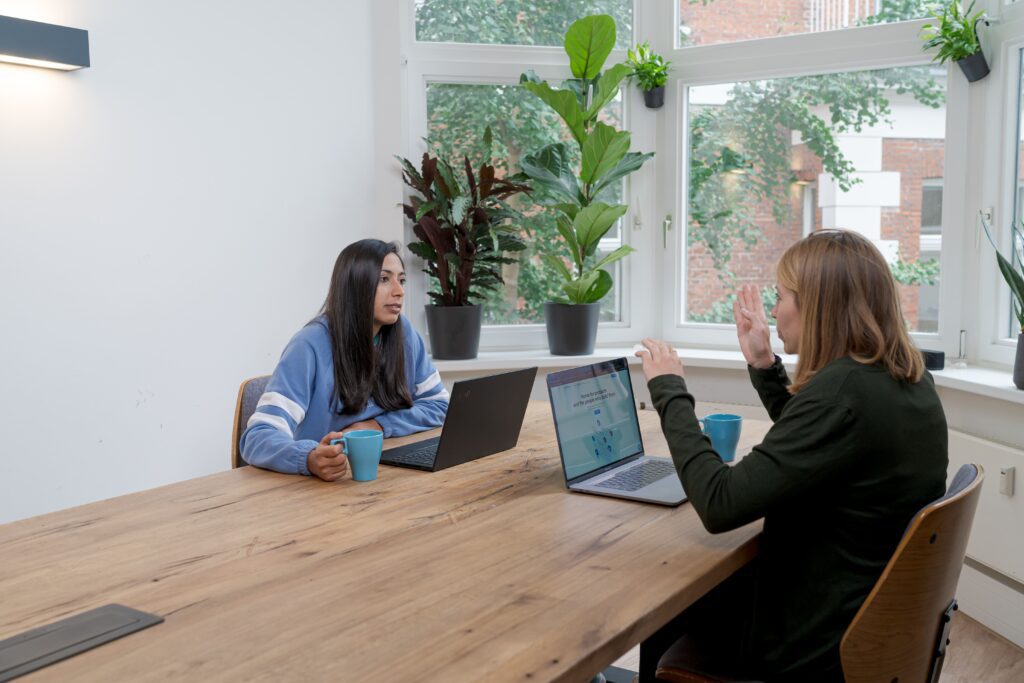Harnessing Customer Interviews to Build the Right Product
-
Bella Williams
- 10 min read


Harnessing Customer Interviews to Build the Right Product
Product discovery undoubtedly is the customer-centric approach to determining whether or not a product or feature should be developed. However, how can these decisions be made?
Through continuous discovery.
One of the most important aspects of continuous discovery is customer research, and customer interviews are the bedrock of that. To have a good grasp of what your customers really want, you have to engage with them frequently.
To some product teams, customer interviews are more or less opening up a Pandora’s box with a litany of more problems than can be handled. This is because customer interviews can possibly shed so much light on the loopholes in your product, and let’s be honest, nobody wants their months of hard work and time invested in making something they assumed would be useful, to be thrashed.
But in reality, there’s no better way to build good products than to ask the people the product is built for, the exact things they want. This helps you identify their pain points and condition your solution -your product- to meet those needs.
Read also : 7 product discovery books that teach you everything you should know.
Thinking of a better way to make conducting customer interviews more productive and less exhausting? Here are some pointers you may want to employ in your next one.
1. Focus on more listening than talking
You are trying to know more about your customers, their interests, their lifestyle, and how they interact with your product. Resist the temptation to turn it into a pitch or demo meeting.
Keep it as conversational as possible and ask the right questions. Try using more good open-ended questions with fewer assumptions than close-ended typical yes-no questions. This allows the interviewee to be as detailed in their feedback as possible. Also, focus on more questions that allow you validate the problem.
2. Take notes even while you record the interviews (and afterward).
Many times, valid points or insights can be forgotten after the interview even though you recorded the process. Jot down striking points while the interview is ongoing.
Also, go back over interview recordings to get key insights or better still, leverage the power of AI transcription and analyzing tools.
Read Also: The Power of User Interviews in Building Successful Products
3. Recommend probable solutions
Finally, make a couple of recommendations on what you think the team should change about the product or overall customer journey as a result of the interviews.
Connect the recommendations to the summary. Don’t make recommendations that are disconnected from the key insights you highlighted in the summary. If it’s helpful, create a table that highlights the key insights and puts 1-2 recommendations right next to each insight.
Lastly, prioritize. Don’t list every tweak that needs to be made – choose the hard-hitting top 2-3 that would really make the most impact on the product.







